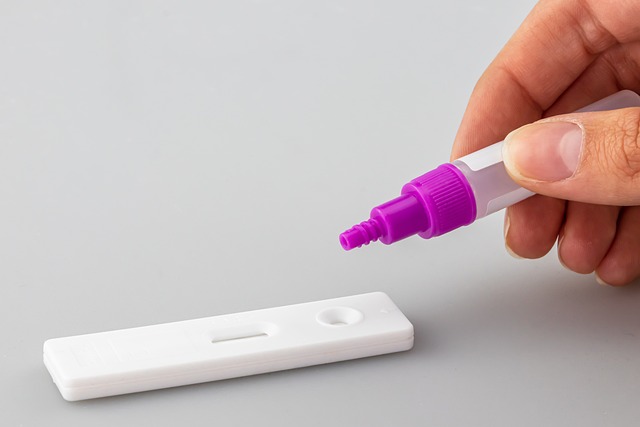Lead paint inspection for homes built before 1978 in San Antonio is vital due to the health risks associated with lead-based paint. A well-planned containment area, equipped with PPE, test kits, and barriers, ensures safe and accurate testing. The process involves meticulous scrutiny of painted surfaces, moisture meter checks, sampling, and detailed documentation for compliance with local regulations and a complete historical record.
In San Antonio, lead paint inspections are crucial for ensuring safe living environments, especially in older homes. These structures often harbor hidden dangers of lead paint, a significant health risk, particularly for children. This article guides you through essential steps for setting up effective lead safety containment practices. From understanding the risks to best practices during lead paint inspections, we equip San Antonio residents with knowledge to safeguard their homes and families from this pervasive threat.
- Understanding Lead Paint Risks in Older Homes
- Essential Steps for Lead Safety Containment Setup
- Best Practices for Lead Paint Inspection in San Antonio
Understanding Lead Paint Risks in Older Homes

Lead paint, a common concern in older homes built before 1978, poses significant risks to residents and workers. In San Antonio, as with many cities, lead-based paint is often found during renovation or remodeling projects, particularly in homes constructed prior to the federal ban on its use. A thorough understanding of these risks is crucial for anyone involved in maintenance or improvement work in these older properties.
A Lead paint inspection for older homes becomes an essential step before any construction or repair begins. Professional inspectors can identify lead-based paint and determine its stability, helping to mitigate potential hazards. This process involves assessing the home’s overall condition, especially areas prone to wear and tear like windows, doors, and interior walls. By addressing lead paint concerns early on, San Antonio residents and contractors can ensure a safer working environment and protect against long-term health issues associated with lead exposure.
Essential Steps for Lead Safety Containment Setup

When setting up a lead safety containment setup, especially for conducting a lead paint inspection in older homes in San Antonio, several essential steps must be followed to ensure accuracy and safety. Firstly, identify and define the scope of work, clearly outlining the areas to be inspected and any specific concerns, such as high-risk zones or recent renovation projects. This step is crucial for containing potential lead hazards within a defined perimeter.
Next, gather all necessary equipment, including personal protective gear (PPE), lead test kits, containment materials like plastic sheeting and tape, and barriers to create a secure work area. Ensure your PPE includes gloves, eye protection, and a respirator designed to filter out lead particles. With the right tools and preparation, you’ll be ready to safely inspect for lead paint, avoiding cross-contamination and ensuring a comprehensive assessment in compliance with San Antonio’s health and safety standards.
Best Practices for Lead Paint Inspection in San Antonio

When conducting a lead paint inspection for older homes in San Antonio, it’s crucial to follow best practices to ensure safety and accuracy. Start by wearing appropriate personal protective equipment (PPE), including gloves, eye protection, and a respirator designed to filter out lead particles. This simple step is vital to prevent accidental exposure during the inspection process. Next, thoroughly inspect all painted surfaces, focusing on homes built before 1978, as this is when lead-based paint was commonly used. Look for peeling, chipping, or blistered paint, which could indicate the presence of lead. Use a moisture meter to check for water damage, as damp conditions can contribute to lead paint deterioration.
Additionally, take samples from suspect areas and send them to a certified laboratory for testing. This is a critical step in confirming the presence of lead and ensuring compliance with local regulations. Keep detailed records of your findings, including photos and notes on the sample locations. Proper documentation not only helps in maintaining a clear history of the home’s lead paint condition but also serves as valuable data for future reference or potential real estate transactions.
When it comes to lead paint inspection for older homes in San Antonio, a robust safety containment setup is paramount. By understanding the risks associated with lead paint and implementing essential steps for containment, professionals can ensure a safe environment during inspection processes. Adhering to best practices, as outlined in this article, will not only protect workers but also contribute to a comprehensive lead risk management strategy, ultimately fostering safer communities across San Antonio’s historic housing landscape.
